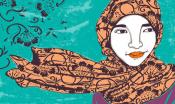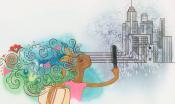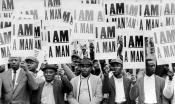text
Informational
"Color Guards" With No Flags
Carl Carter recalls two snapshots from 1960s Birmingham, Alabama, that changed him in ways he “wouldn't understand for years."
November 18, 2014





